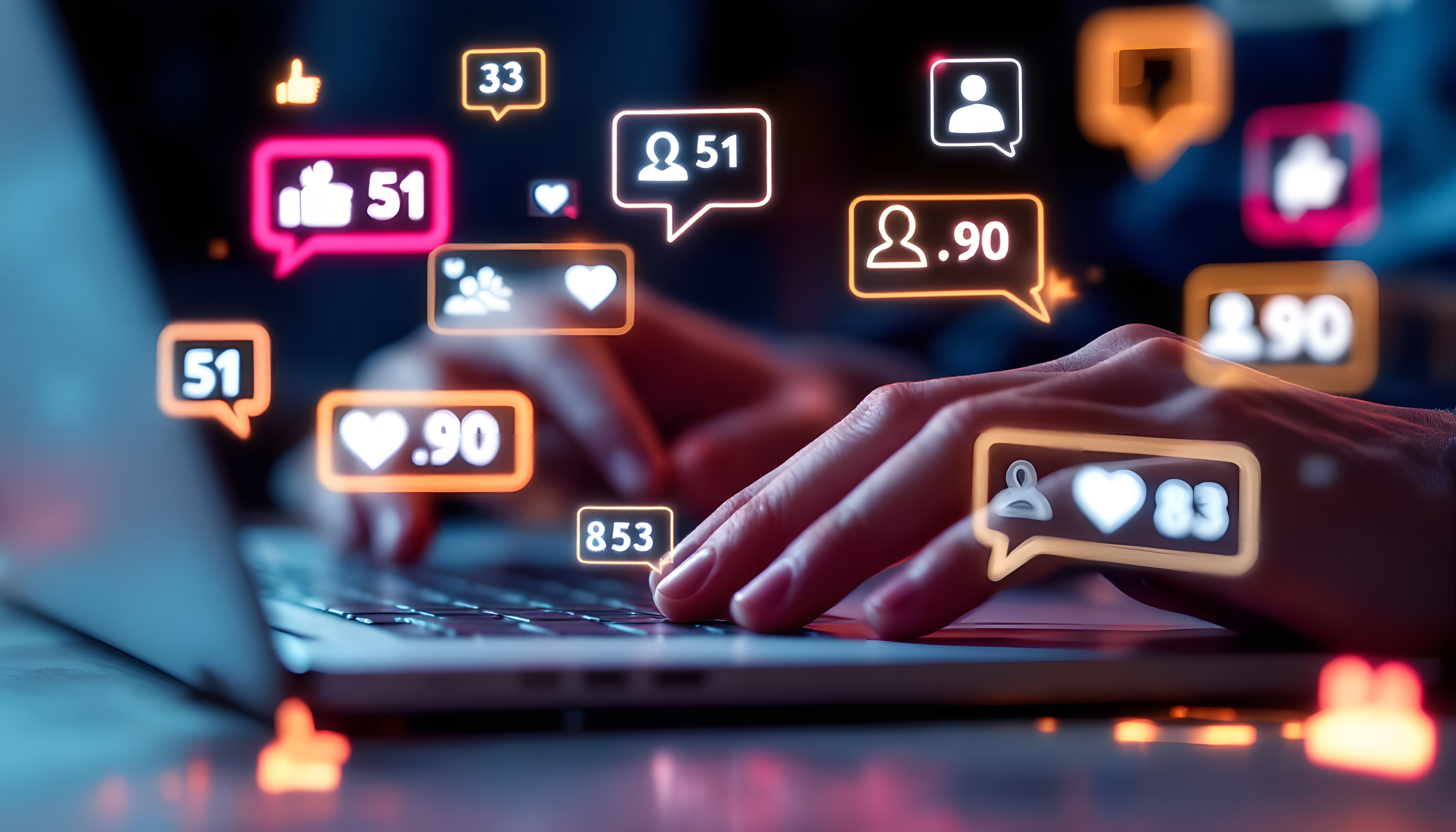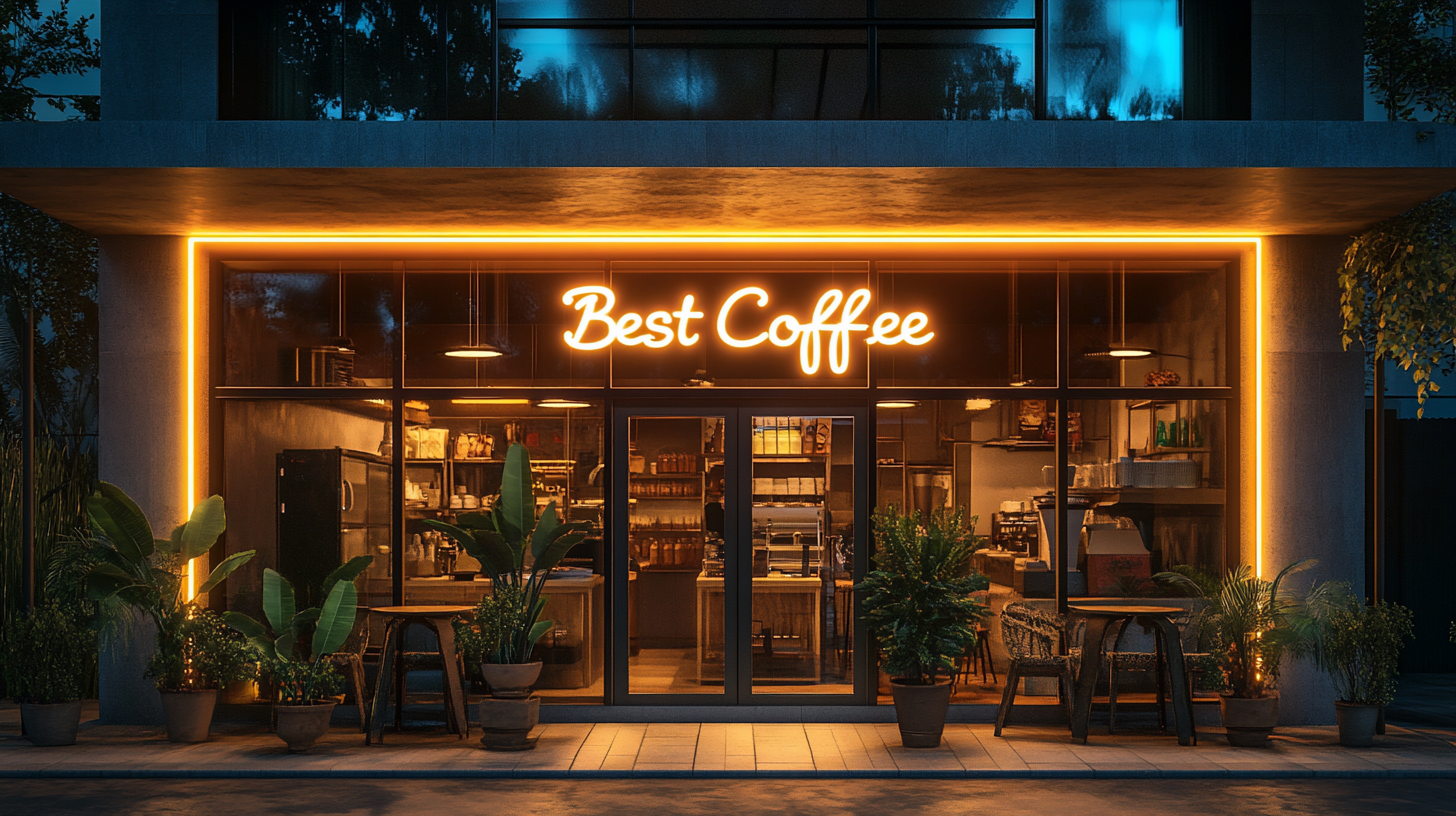Grocery is Beating the Restaurant Industry in Tech Adoption & Here’s Why
When you hear “tech innovation,” what do you think of?
Maybe you think of SaaS companies like Hubspot or Monday.
Maybe you think of the AI leaders like Microsoft or IBM.
Or maybe you think of electronics giants like Apple.
Those are all valid examples — and they’re probably the examples most people think of, too.
But, if you ask us, there’s one sector left out of that popular tech narrative:
Grocery stores.
Early Tech Adoption: Grocery vs. Restaurants
While grocery stores might not strike you as the most tech-savvy industry in the entire world, they’ve actually been playing the tech adoption game far longer than most people think.

Tech-powered automation (like self-checkouts) was adopted in America’s grocery stores as early as 1986 — years before the world had other popular tech like smartphones or fully digital cameras.
You might be surprised to learn that grocery stores beat restaurants to the tech adoption punch, too; the restaurant industry wouldn’t see its first self-service kiosk until Panera launched theirs in 2016 (which is four whole decades later, by the way).
Now, in 2024, we’re seeing more and more restaurants — especially QSRs — focus on tech adoption, with new automation solutions and AI partnerships popping up almost every day.
Regardless of the restaurant industry’s valiant catch-up efforts, though, grocery stores have always adopted new tech faster than restaurants have… and here’s why.
Why Restaurants Are Slower
There are two reasons for the restaurant industry’s “slower-than-a-grocery-store” tech adoption.
1. Restaurants Want to Maintain Their Human Connection More Than Grocery Stores Do
Restaurant technology is more important now than ever before… but not if it’s at the expense of human connection.
In their 2018 “Future of Customer Experience” survey, PwC reported that 59% of consumers “feel companies have lost touch” with the human elements of business. And, because of this perceived lack of human connection, 82% of respondents said they want more human interaction from businesses… even as tech-powered service improves.
How does this craving for human connection differ between restaurants and grocery stores?
For restaurants, offering human connection while reaping the rewards of tech-powered automation requires an incredibly delicate balance. For example, Square found that 49% of customers want contactless payment methods… yet FSR found that 50% of customers want table-side servers to process their payments.
The only way restaurants can balance both (seemingly opposing) demands is to take a slow approach to tech adoption, allowing time for experimentation and adjustments to satisfy as much of their customer base as they can.
For grocery stores… the importance of human connection is a little less dire. Online grocery spending is at an all-time high, with 2023 rates exceeding those from the middle of the pandemic. 25% of shoppers have also started using grocery store apps, turning to their phones for lists, store maps, and coupons.
The existing consumer preference for digital-first grocery shopping allows the grocery industry to adopt tech much faster than restaurants (especially while battling constantly competing consumer preferences).
“In an era when companies see online support as a way to shield themselves from “costly” interactions with their customers, it’s time to consider an entirely different approach: building human-centric customer service through great people and clever technology. So, get to know your customers. Humanize them. Humanize yourself. It’s worth it.” — Kristin Smaby
A seamless online ordering process means your team can focus on delivering top-notch service. Learn more in our Restaurant Online Ordering Guide.
2. Restaurants are More Focused on Margins Than Grocery Stores Are
Restaurant margins are definitely not what they used to be, forcing restaurant owners to tread far more carefully with their financials.
In January 2024, TouchBistro released its annual “State of Restaurants” report, exploring some of the many challenges the restaurant industry has been facing as of late.
Respondents reported an overall hit on profit margins, falling from 10.6% in 2022 to 9.3% in 2023. Of those experiencing financial strain, 58% said food costs were their greatest financial stressor, while 68% reported looming debts with climbing interest rates.
And, because of this industry-wide financial strain, restaurant owners are being forced to choose between shiny, new tech adoption and non-negotiables like keeping the lights on. While 30% of respondents said they’re cutting tech providers to reduce expenses, 37% say “high upfront costs” is why they haven’t implemented automation in the first place.
Grocery stores, on the other hand, don’t have to think about profit margins in the same way as independent restaurant owners do — especially over the past few years.
As an essential service, grocery stores were less affected than restaurants by the past few years of health-related closures. In fact, grocery stores like Walmart and Kroger saw revenue increase during the pandemic, with 2023 profit reaching peaks the past decade has yet to see.
(The U.S. Federal Trade Commission has also been investigating the grocery industry since 2021, digging into the sky-high prices afflicting the entire country — restaurants included.)
So, with restaurants (understandably) taking a far more cautious, and margin-oriented approach to tech adoption than grocery stores, it’s not surprising that they’ve been slower to take the plunge on often-expensive tech.
“Business has been good. I would say we still get lots of growth in terms of people coming from different states to visit our place on their vacation. Miami's a very touristy place and so I haven’t really seen a drastic decline, which is a good thing. However, what I am noticing is the drastic increases in food prices. Even for the cleaning supplies, everything has gone up almost 25%. So overall, we’re not up. Maybe like a 5% increase in sales, but everything is so expensive that it’s kind of the same as before.” — General Manager, Bakery & Cafe in Miami
Before we move on, it’s worth noting that by saying restaurants are generally slower to adopt tech than grocery stores, we’re not crowning one industry as “better at tech” than the other. As we just illustrated, different industries have different priorities guiding what they do and when they do it, whether that means adopting tech slower, later, or not at all.
However…
It still doesn’t hurt to take some pointers from the industry that did it first, right?
Maintaining profitability is easier with real-time inventory updates and tech-powered automation. Discover more benefits in our Restaurant Online Ordering Guide.
3 Things the Restaurant Industry Can Learn From Grocery Stores
As mentioned earlier, grocery stores have been actively adopting tech for decades.
That 40-year head start has given the grocery industry lots of time to figure out what tech to adopt, how to integrate it efficiently, and how it can lead to a better customer experience.
So, to inspire your next restaurant tech strategy session, check out these three note-worthy (and restaurant-adaptable) grocery store tech innovations.
1. Smart Screens and AI-powered Merchandising
At Kroger, paper price tags and color-coded sale flags are out, and smart shelves are in.
In May 2023, Cooler Screens announced an expansion of its digital smart screen technology to 500 Kroger’s across the United States. Cooler Screens’ digital screen technology presents a new and interactive approach to merchandising, using “AI, a network of sensors, and data science” to analyze customer behavior and create hyper-targeted marketing campaigns.
“Just as search engines and e-commerce sites know what consumers are interested in when online and serve them relevant content, we now can do the same inside brick-and-mortar stores,” said Arsen Avakian, co-founder and CEO of Cooler Screens. “By understanding shoppers' intent and activating marketing content that is most relevant to consumer experience, we drive sales growth for retailers and brands.”
How it can work in your restaurant → A smart digital menu or table can display real-time menu availability, special promotions, and nutritional info for your diners. This helps to manage customer expectations, leaving no questions about what’s in stock and what isn’t.
2. Automated or No-contact Checkout Systems
Walking out of a grocery store with a full cart and no receipt is usually frowned upon… unless you’re using tech like Amazon Go.

First opened to the public in 2016, Amazon Go is a “full-size, [cashier-less] grocery store.” Amazon’s Just Walk Out technology monitors what shoppers take off the shelves and adds the correct items to their virtual cart, allowing them to just walk out when they’re done. Then, everything in their virtual cart is automatically charged to their Amazon account’s linked credit card — no receipt needed.
“I think what we’re trying to do here… is really work [backward] from the customer, and deliver some differentiation,” said Cameron Janes, VP of Amazon’s physical retail division. “Amazon Go stores are meant to serve bustling business districts during the breakfast and lunch hours, [like] a neighborhood market [of sorts].”
How it can work in your restaurant → Adding an automated checkout system to your restaurant means your diners can eat, pay, and leave on their own. This not only speeds up your in-house service, but it also removes the need for other older tech like handheld credit machines.
3. Exclusive and Enticing Membership/Loyalty Models
In the past few years, tons of restaurants have developed stellar loyalty programs, with some testing out membership and subscription models too.
However, one non-restaurant business has maintained the #1 spot in the membership department — Costco Wholesale.
The Costco model we’re used to started out back in 1976 as Price Club. Price Club was “the world’s first membership warehouse club,” catering exclusively to business members. But, Price Club’s membership model was so successful that it inspired a similar retail model to open its doors in 1983: the Costco Wholesale we now know and love.
“The best at customer loyalty is Costco,” says Michael Lasser, UBS analyst. “[There are] two ways that retailers are driving customer loyalty. Implicitly, through things like membership fees… and Costco does that very well. The other way is through more subtle means, like doing well at assortment, service, value, and convenience. Costco really excels at both of those.”
How it can work in your restaurant → Consider ramping up your restaurant’s loyalty or membership models with Costco-inspired exclusivity. Priority reservations, exclusive items and discounts, and invitations to special events are all great places to start!

How Craver Can Help
Now, before you get too excited about the new, grocery-inspired tech solutions you want to adopt, there’s something you should know:
Adopting new tech becomes a lot more difficult if you don’t have the right digital infrastructure.
Craver can help you build the digital foundation you need to start doing more with the tech you have (while prepping for the tech you want to adopt in the future).
Working with Craver means:
- Cost-effective tech: With our flat monthly fee model and non-existent commission fees, Craver is a more cost-effective way to upgrade your tech.
- Hybrid solutions: Integrating a new, custom-branded Craver app with your existing POS satisfies your tech-loving and traditional customers.
- Easy integrations: Don't worry about having to ditch your existing software. Craver tech integrates with Square, Stripe, Uber Eats, DoorDash, and more.
Craver’s solutions offer your customers the tech they want, and your restaurant the features, pricing, and integrations it needs.

.png?width=86&name=Untitled%20design%20(84).png)






